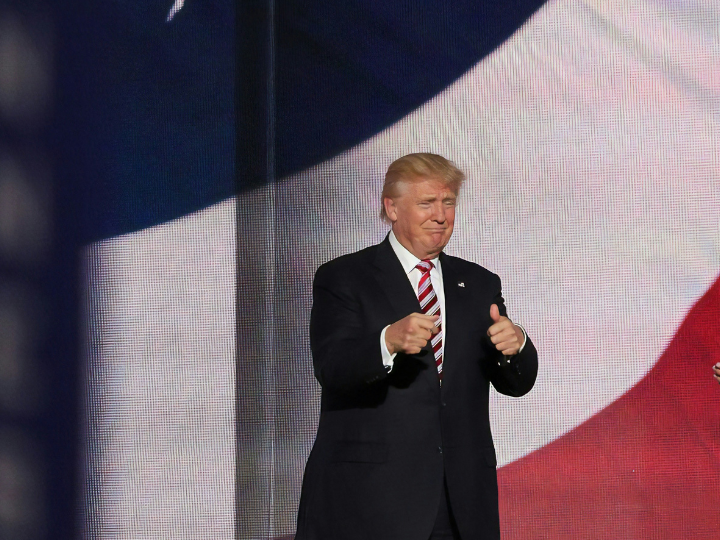by Radu Magdin*
With family businesses contributing over $8 trillion globally and family offices projected to manage more than $5 trillion by 2030, this wealth—comparable to the world’s third-largest economy—is increasingly shaping key economic and political debates. A recent study by Smartlink Communications, supported by Transylvania Bank, sheds light on this evolution, highlighting the growing sophistication, strategic diversification, and expanding influence of family offices across the globe.
As wealth continues to concentrate in the hands of private financial entities—78% of global wealth is held by the top 10% of citizens—family offices are set to outpace hedge funds in assets under management. This shift raises fundamental questions about the future balance of economic power. If returns on capital persistently outpace returns on labor—a trend that may accelerate with the rise of AI and automation—family offices and their beneficiaries will play an outsized role in determining economic and social trajectories. Indeed, wealth managed by family offices is expected to grow by 189% over the next decade, further solidifying their influence in shaping the financial landscape.
The study highlights a growing preference among family offices for alternative asset classes, which now make up 45% of their total investments on average. These alternatives include hedge funds, real assets, and collectibles, providing not only diversification but also resilience during periods of economic uncertainty. Venture capital is another key area of focus, with family offices increasingly acting as patient investors in high-growth sectors such as technology, healthcare, and renewable energy. Beyond pure financial returns, many family offices are also embracing impact investing, seeking to generate positive social or environmental outcomes alongside profitability.
Regional differences further define investment strategies. In North America, family offices tend to avoid fixed-income investments, favoring alternatives and technology equities. European family offices, on the other hand, exhibit greater risk aversion, often focusing on developed market equities and inward-looking investment strategies. These distinctions reflect broader economic and cultural trends, influencing how family offices allocate capital and engage with financial markets.
Over the past three decades, family offices have thrived in an environment of low-cost debt and easy access to capital, leveraging “old money” assets to fund “new wealth” strategies. However, the coming years may pose new challenges, including rising state debt, demographic shifts, and growing backlash against wealth inequality. As economic pressures mount, family offices will need to navigate an evolving financial landscape that could redefine their long-held advantages.
Additionally, the geopolitical landscape is shifting toward regionalization. Historically, the ultra-wealthy have often had more in common with one another than with their fellow citizens. This reality was temporarily disrupted by the rise of nation-states and industrial-age conflicts, but we may now be witnessing a return to a global elite with increasingly distinct economic interests. For Western family offices, in particular, adapting to this new era will require strategies not seen in a generation.
As the influence of family offices continues to grow, so too does the need for greater scrutiny and understanding of their role in the global economy. Whether as pioneers of financial innovation or stewards of wealth in an age of increasing inequality, their decisions will shape markets, industries, and societies for decades to come.
*A strategic communications analyst and consultant. He has advised the Prime Ministers of Romania and Moldova.




 By: N. Peter Kramer
By: N. Peter Kramer
